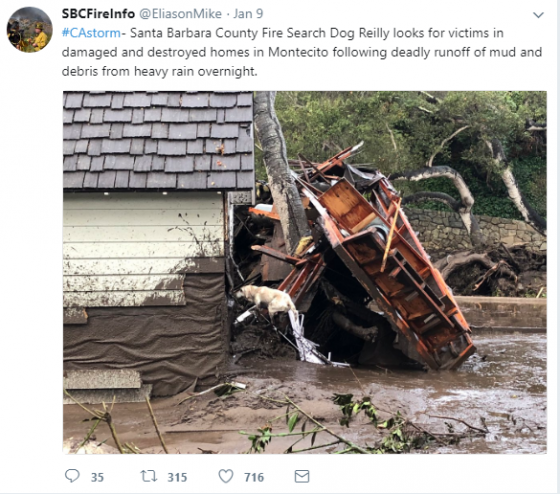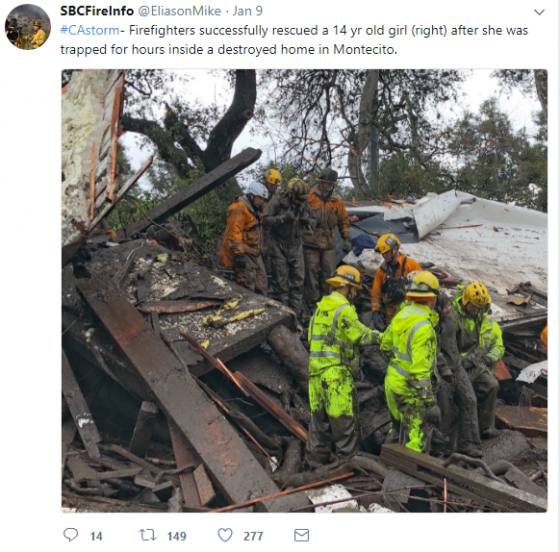The 2017 hurricane season has proven to be particularly trying for many businesses, as they worked around maintaining operations during Hurricanes Harvey, Irma, Maria, and Nate. As a result, many organizations found themselves questioning how to properly adjust policies and practices to mitigate risk and also protect their brand image.
Companies with outbound contact operations have been most susceptible to brand exposure, as they have had to tread carefully to remain efficient while not coming across as uncompassionate to those whose lives have been upended by hurricanes.
So how can companies, especially those with outbound components, reduce the risk to their brand reputation while remaining efficient during disasters? We advise companies to take a compassionate approach to brand and business management.
Look at your risk management strategies
Is your organization proactive or reactive when it comes to brand risk? If recent stories are any indication, it appears that many organizations are still working within a reactive environment, which can cripple brand reputation.
This is especially true for businesses with outbound contact strategies, as a slight miscommunication can cause major brand risks. For example, if your organization is making sales calls when consumers are enduring a hurricane and focused on surviving the disaster, you’re likely to face an unwelcome response. The same rules can be applied following a disastrous event as well. Imagine reaching out to a consumer to inform them that their mortgage payment is late when their house is no longer habitable. In each of these examples, a desire to maintain a “business as usual” approach can cause your consumer to take to the social airways to voice their concerns about your brand. Instead, corporations should focus on proactive outreach during disasters. Key to this process is developing a risk strategy built around both natural and manmade events.
Develop your disaster strategy
To mitigate brand risk, work to develop a strategy that takes a compassionate approach to business operations and your interactions with consumers affected by the disaster. This strategy should look at both outreach efforts as well as internal employee education to ensure that all relevant parties know their role in the strategy. Not only does this help protect your brand integrity and minimize your exposure to risk, but also helps improve customer relations.
I have seen contact centers email or text consumers ahead of a forecasted disaster to ensure that they are properly prepared for the event. I have also seen corporations alter their post-disaster outreach strategies to give consumers proper time to heal and rebuild.
When developing this approach, it is important to remember that not all disasters are foreseen, so it is imperative to have distinct approaches to deal with both forecasted (hurricanes) and sporadic disasters (mass shootings, tornadoes), which provide limited-to-no lead time.
The media: your friend or your enemy
With any disaster comes a flood of media attention. Because missteps can cause a brand nightmare, I advise companies with outbound operations to have a story, but not become part of the story. Businesses should build a compassionate brand story that highlights their dedication to corporate social responsibility during disasters.
Coca-Cola, for example, used their brand platform to reinforce their dedication to consumer needs. During Harvey, Coke encouraged local aid workers to break into their Beaumont, Texas plant to pillage for drinking water and other supplies to support the community, which had been ravished by the storm. Not only did Coke take a proactive approach in supporting the community, it also showed that the town’s well-being was far more important than lost revenues.
Compare the positive impact of Coca-Cola’s example to the media scrutiny that Joel Osteen faced during Harvey. Word of his church being temporarily closed to those made homeless quickly surfaced across numerous media channels, placing him and his church on the defensive. Although his church did open soon after this news broke, his compassionate approach remained overshadowed by his negative press.
Time to think beyond revenues
Protecting your brand during disastrous times means thinking beyond revenues and, instead, approaching your prospects/customers as human beings, with an understanding of what they may be going through.
I encourage you to look at your current operating policies and ask if you are taking the steps to become a compassionate brand? If not, it may be time to look at changes that can be made to bring compassion to your operations.
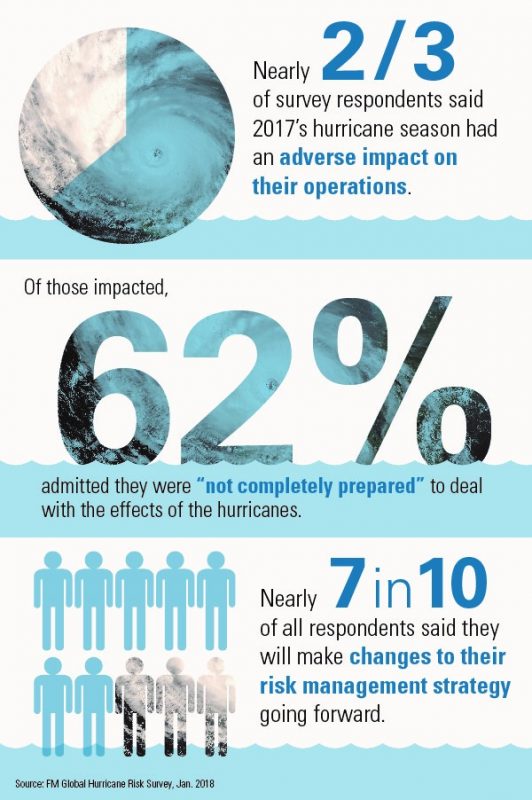

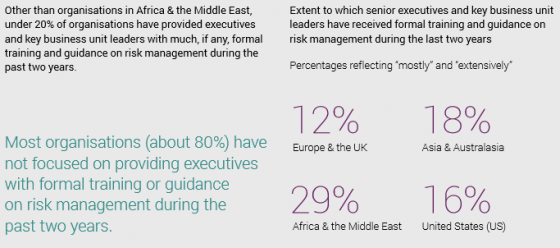 A quick look at recent headlines shows how quickly a cybersecurity incident can damage a corporate brand. Many companies that have recently experienced data breaches also have been exposed by the media because of ineffective or nonexistent integrated risk management strategies. This can be for a variety of reasons, from executives trying to hide the breach to the belief that they can resolve the issue before it grows into something larger or, possibly the worst of the options, they are not aware that the breach is even occurring.
A quick look at recent headlines shows how quickly a cybersecurity incident can damage a corporate brand. Many companies that have recently experienced data breaches also have been exposed by the media because of ineffective or nonexistent integrated risk management strategies. This can be for a variety of reasons, from executives trying to hide the breach to the belief that they can resolve the issue before it grows into something larger or, possibly the worst of the options, they are not aware that the breach is even occurring.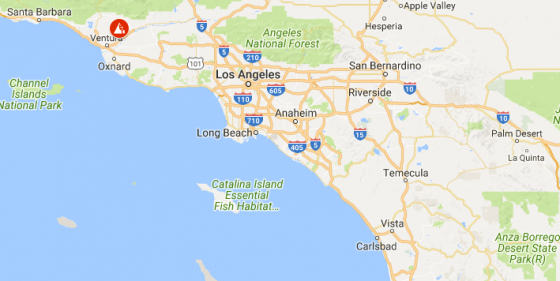 Many of those who had returned home after the wildfires have been evacuated for mudslides. The
Many of those who had returned home after the wildfires have been evacuated for mudslides. The 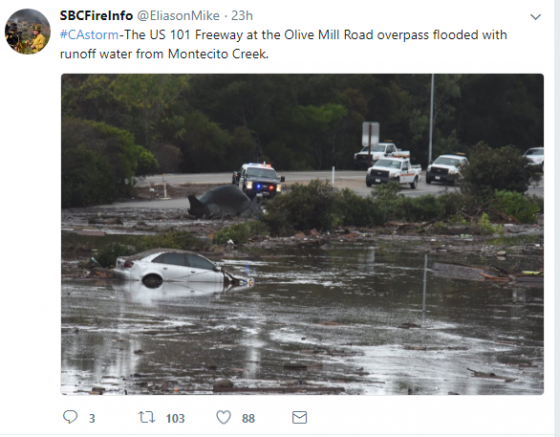 Driving rain started at about 3:00 a.m. on Jan. 9. By Tuesday,
Driving rain started at about 3:00 a.m. on Jan. 9. By Tuesday,